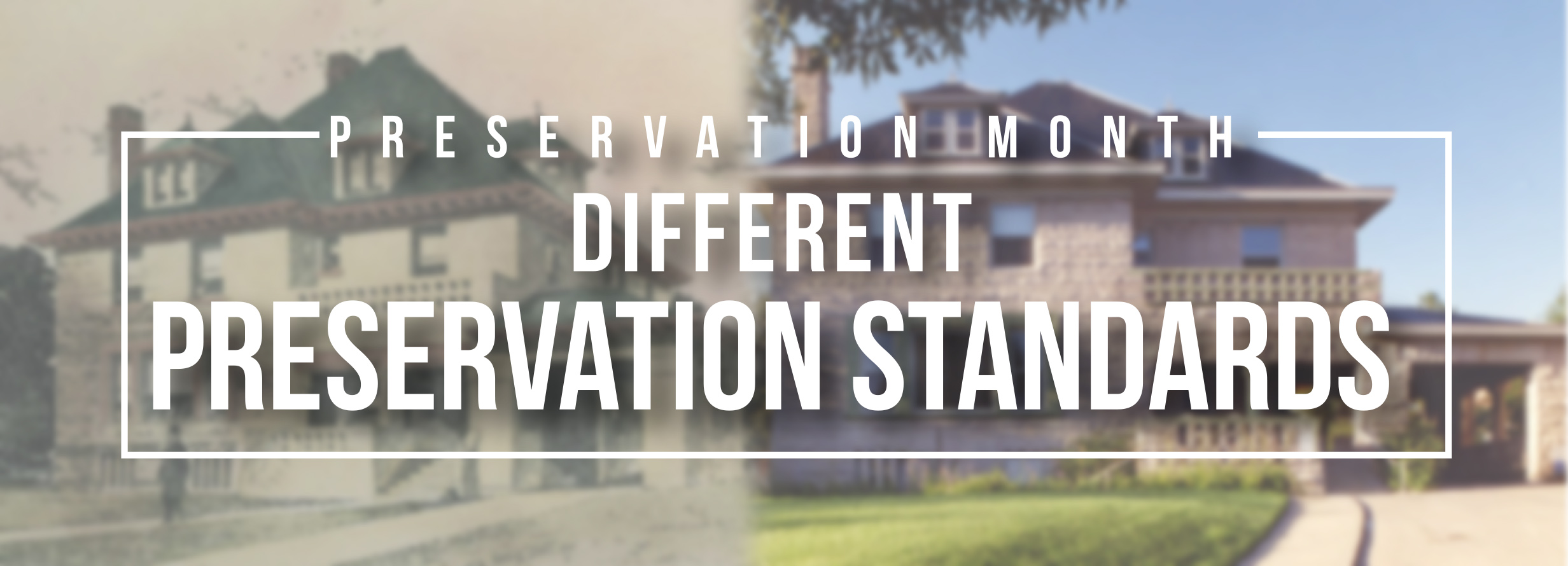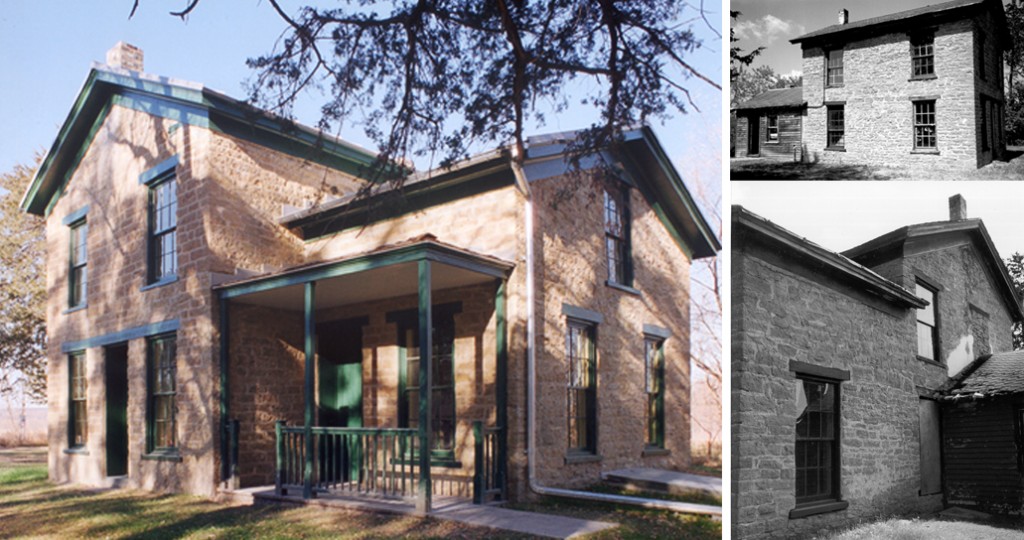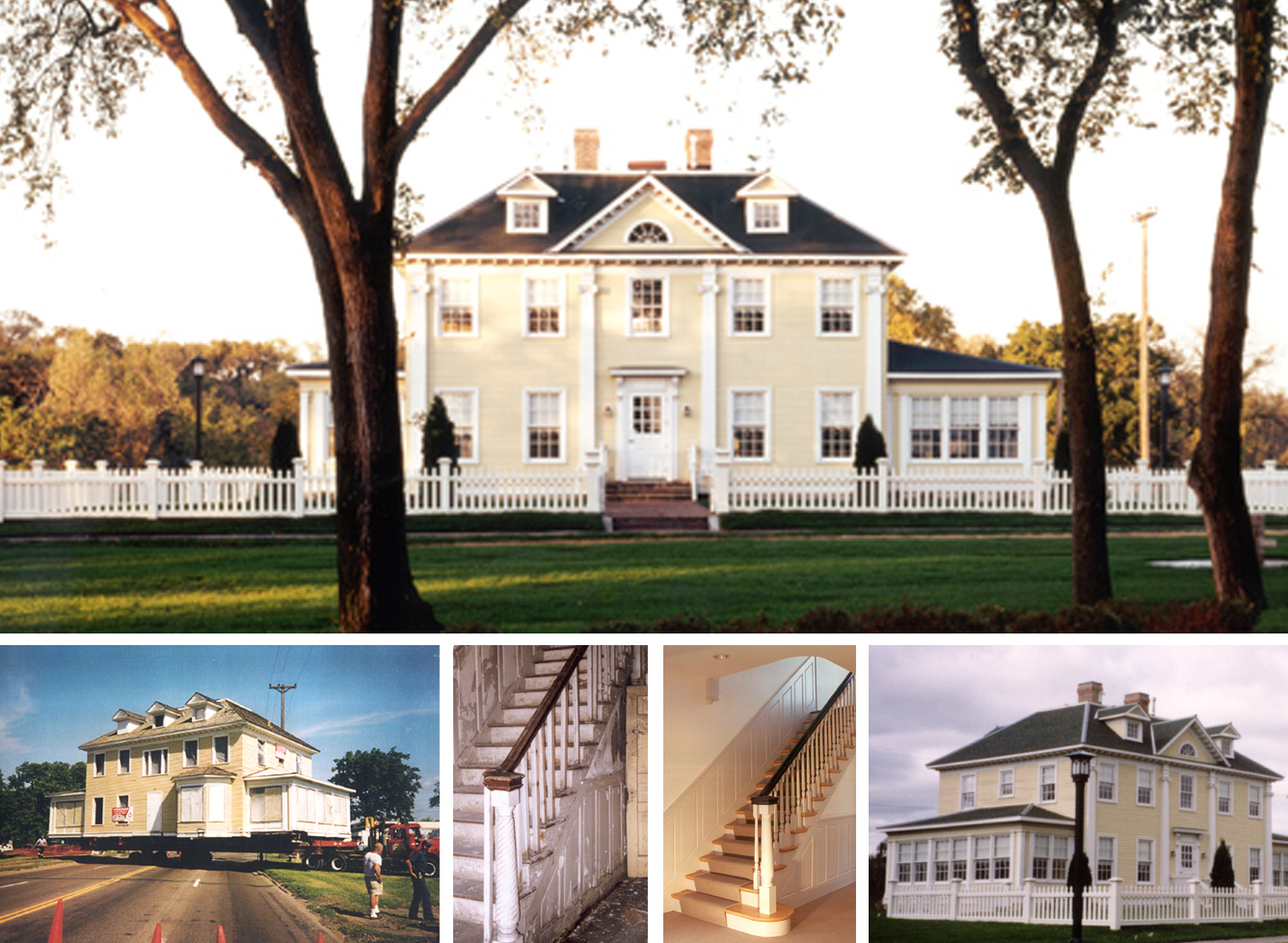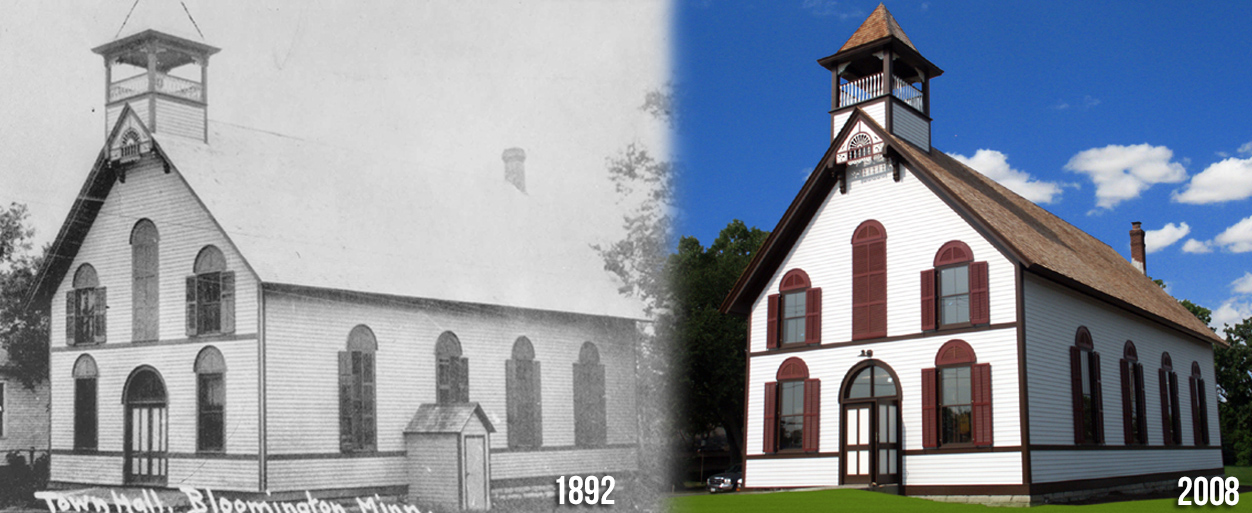Different Preservation Standards
What does it mean to “preserve” a historic building?
A. Preserve all the battle scars of the building’s history as we see it today.
B. Restore the glory days and make the building look as it once did
C. Keep history alive by continuing to use the building in new ways
D. Bring back the dead and rebuild history that would otherwise be forgotten
And the answer is… E. All of the above.
Options A through D above refer to different WAYS that a building can be preserved. Each treatment option corresponds to a written set of guidelines and standards, compliments of the Secretary of the Interior division of the National Park Service. Any of the options may be the right fit for your historic preservation project, but you can only choose one. Review the descriptions below and identify which treatment best aligns to your preservation intentions.
A. Preservation
Option A sets the foundation of best practices for all of the options:
- Preserve as much material history as possible
- Retain the historic character
- Recognize the physical record of time, place, and use
- Save special materials, features, and craftsmanship
- Work gently, don’t use harsh chemicals or tough treatments
- Protect archeological resources
This option was ideal for preserving the Samuel B. Strait House by repointing the original 1857 stone-walls to maintain and protect the building for another generation.
B. Restoration
Restoration follows the same principals as Option A, except that all work is done to preserve a specific time in the building’s history. For example, if someone added a window after the chosen period of significance, then Option B would call for infilling the opening.
This option was ideal for restoring the R.F. Jones (Longfellow) House interior after it was altered for use as a public library and then damaged by a fire.
C. Rehabilitation
Rehabilitation prioritizes preserving the building while allowing changes that accommodate continued use. The Secretary of the Interior further describes best practices to ensure additions and alterations…
- do not destroy historic materials
- are different but compatible
- could be removed in the future
- reuse the building in a manner similar to the historic use
We thought this option was ideal for rehabilitating a late nineteenth century residence into our offices here at Kodet Architectural Group.
D. Reconstruction:
The final treatment strategy can occur at several different scales from a missing architectural feature to an entire building that is simply gone. In the most extreme cases, reconstruction focuses on interpreting and expressing the story you are preserving. This can take the form of an interpretive sign, abstract frame, or even a full-scale reproduction of the building or missing architectural feature. (Any remaining historic pieces should be preserved as described in Option A.)
We reconstructed the missing cupola of Bloomington Old Town Hall based on historic photos and physical evidence at the building.
For a full description of each preservation strategy above, visit the Secretary of the Interior’s Standards on the National Park Service website. They provide a collection of valuable resources for homeowners, historic societies, and preservation specialists alike.






